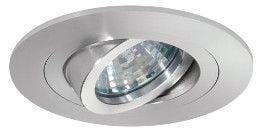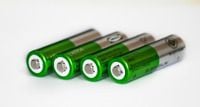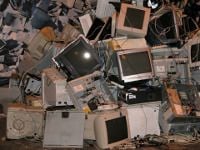)
If you're thinking of making the switch, here's what you should know about LEDs and selecting the best replacements.
Light output versus heat waste. "LED" stands for "light-emitting diode." LEDs are vastly different from incandescent bulbs in terms of the light output compared with the heat produced. One US Environmental Protection Agency study showed that LED technology converts 95 percent of the energy to light and only 5 percent is wasted as heat.
Incandescents are pretty much the opposite. They convert only 10 percent of the energy into light, while 90 percent is wasted as heat. Heat produced by LED lights is absorbed into an integral "heat sink," which prevents the bulb from overheating. Incandescents just throw all that excess heat directly into the room, which can place added stress on air conditioning systems during the summer.Light produced by an LED is directional or focused, whereas incandescent bulbs throw light in all directions. Directional light makes the LED more efficient because the light can be focused for specific applications.
While light color choice is a personal preference, "cool white" and "natural white" are good choices for general ambient light as well as for spaces that require more focused work, like kitchens and desk areas. So you can use these light colors in most areas of your home living room, kitchen, bedrooms, bathrooms and so on.
While cool white and natural white are solid go-tos for most uses, a bluer "natural" or "daylight" bulb is recommended for dedicated reading lamps.For more information on choosing the right LED solution for your business or home, contact Simon Caddy Electrical or call on 0400 11 00 81.
Simon Caddy Electrical services the upper north shore, lower north shore and northwest areas of Sydney.
View our full range of electrical services here.
Or Request a quotation on online and we'll get back to you within 24 hours.
| Tags:Energy Efficiency |
)
| Posted in:Electrical SafetyElectrical Services |
)
| Posted in:Electrical ServicesBatteries & Battery Techonology |
)
| Posted in:EnvironmentalElectrical HazardsElectrical Waste |
)
| Posted in:Electrical ServicesData & Cabling |
